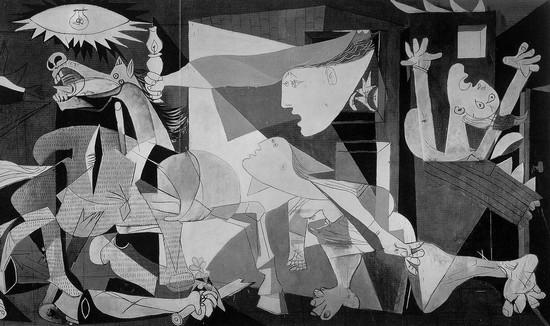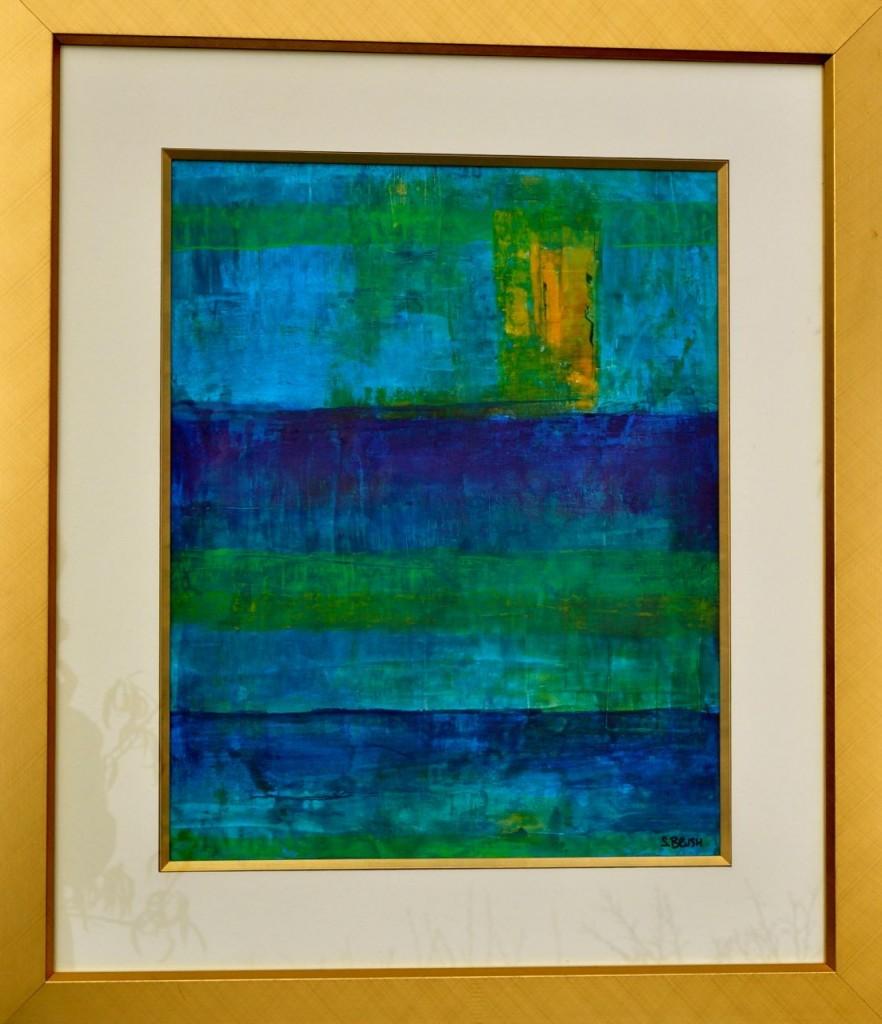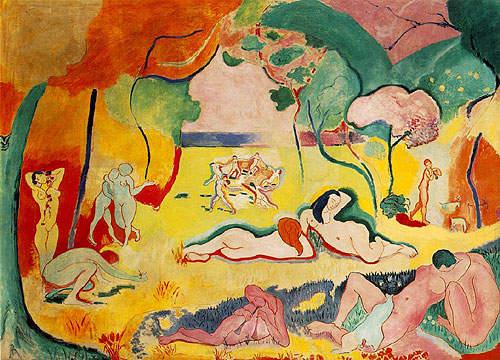I love risk taking.
Well thought out risks.
Picasso was a huge risk taker.
He constantly challenged society and opened his life to artistic adventure.
Enraging critics by his incredibly creative fine art and unique perception on life.
This article is for anybody who wants to live a more creative life and develop the fine art of risk taking.
People often think my decisions are sometimes crazy, totally unconventional. But here’s the truth of the matter.
Point 1. Creativity is about taking risks and being unconventional.
Educated risks help our creativity flourish and provide a life of fulfilment.
Meaningful risks help us to feel passionate and alive again, as we realize our dreams.
At the time he created this painting, Picasso was filled with fury and inspired to produce the political artwork below titled ‘Guernica’, now a world famous anti-war statement. Incredibly unconventional for its time.

‘Guernica‘ (1937) Pablo Picasso. Oil on canvas Museo Reina Sofia, Madrid 349 cm × 776 cm
Never before had an abstract painting been used to warn the world of the evil dangers of fascism. He took a political risk and confronted evil through original art.
Generally speaking, Picasso’s influence upon modern art was profound.
Point 2. Much of Picasso’s success comes from being a risk taker.
Most parents would prefer their child followed a safe mainstream occupation, with a predictable income and boring daily routine. Rather than becoming a risky unpredictable artist.
But the boring life is not for creative people.
Boredom is the antidote for creativity and risk taking.
When painting, I never really know how an abstract painting will turn out. It could be a disaster, or an astounding success.
But that’s true about life. Isn’t it?
Point 3. Life is a continual risk, just like creativity.
The only certainty on earth is change.
Most people think there is zero security following an art career.
But that’s simply not true.
Yes, there would be no security for a dentist to suddenly become an artist. That would be foolish.
But the ultimate security in life is only found when people become the person that God designed them to be. This builds confidence.
Point 4. There’s very little risk in being true to ourselves.
But there is great risk in trying to be someone we’re not. In fact, it’s very dangerous to a persons health and well being.
Here’s 5 things that can happen when people are not true to themselves…
1. People risk exhaustion & insomnia
2. People risk personal stress & unhappiness
3. People risk being consumed by unrelenting fear
4. People risk experiencing rejection & low self confidence.
5. People risk life becoming a tiresome struggle.
But taking the risk and being true to oneself means relaxation. Going with the natural flow of life, which is how I created the painting below. I love the ocean.

‘Ocean Depth’ by Simon Brushfield (2010) Acrylic & Oil on paper 80cm x 100cm (For Sale $2,200)
Here’s the main reason why some people see following their true love as a huge risk….
Point 5. Because, not many people understand who they really are.
Unfortunately, most people lack the courage to take a risk and follow their heart, doing what they love for 2 main reasons.
1. People don’t know what they’re meant to be doing.
2. Fear stops people from doing what they love.
Henri Matisse was an artist who epitomised being true to himself and following his heart.
He took the risk of being misunderstood by the majority of mainstream people.
Despite heavy criticism heaped upon his fine art, Matisse pursued an uncompromising path of beauty that most people of the time, didn’t understand.
Point 6. Matisse’s risk taking led him to become the ‘founding father of modern art’.
Matisse’s use of colour was extraordinary and his line work exceptional. His fine art had never been attempted before in the history of fine art.
The painting below caused great upheavel during the early 1900′s.
People were revolted by the weird colours and ugly distortion in ‘The Joy of Life”. The public were used to seeing more traditional and realistic scenes in paintings.
People didn’t need an imagination to appreciate an artists work in the olden days. It was a huge risk for Matisse. To step out from the mainstream comfort zone and receive the hostile abuse from common man.
But today, artists benefit in a myriad of ways from the influence of Matisse’s unique imagination.

‘The Joy of Life’ by Henri Matisse (1905) Oil on Canvas 175 x 241cm The Barnes Foundation, Merion, Pennsylvania, USA
I certainly don’t want to get to the end of my life and think, “I should have taken more risks and done what I love.”
Whilst we’re alive, there’s still an opportunity to take those important risks.
So I encourage you to take whatever risk is necessary to experience total fulfilment in life.
Final Point: Taking risks is essential to living a creative life full of excitement, curiosity and wonder.
Do what you love.
But prepare yourself. You will be guaranteed to meet two teachers along the path. Success and Failure.
Take the risk.
It’s worth the journey.
Here’s what I predict will happen.
You will fall in love again.
